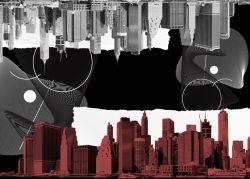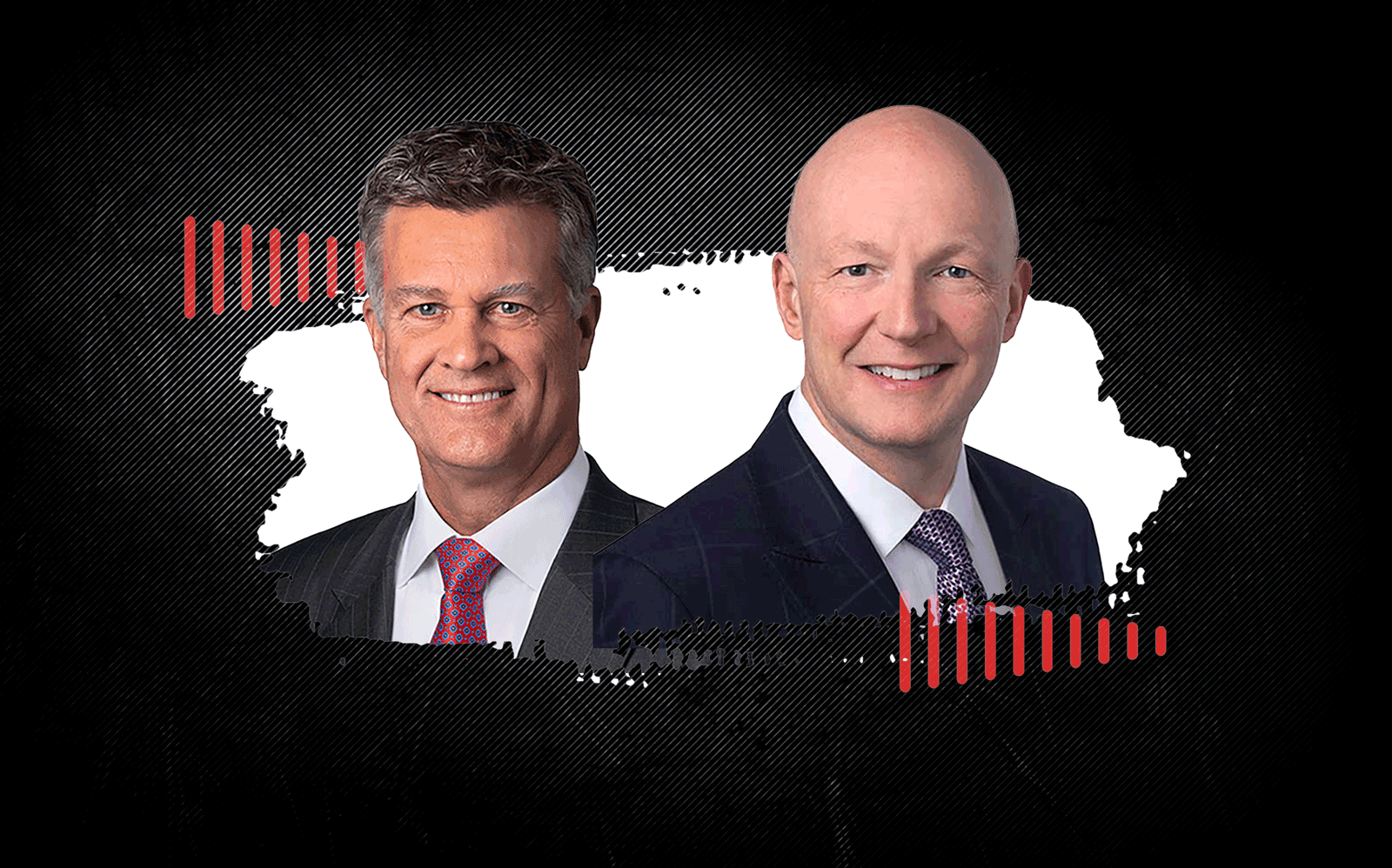Cushman & Wakefield reported a net loss of $37.3 million in the third quarter, its second consecutive quarterly loss this year.
The commercial real estate giant recorded $1.9 billion in revenue in the third quarter, down by 8.8 percent from a year ago. The company attributed that dip to lower brokerage activity due to the pandemic, according to its earnings report.
Cushman recorded $321.6 million in revenue from leasing, down by 32 percent from a year ago. Revenue from investment sales activities was $155.5 million, down by 35 percent from a year ago.
The year-over-year decline, however, was much smaller compared to the second quarter, when the firm lost $100.8 million. Revenue from leasing and investment sales in the second quarter was down by 42 percent and 52 percent compared to the same period last year.
Read more



“Overall, we are encouraged by the performance across our business and by the brokerage revenue trend showing recovery” relative to the second quarter, said CEO Brett White during a Thursday earnings call.
White said current office leasing activities are mostly limited to businesses who renew leases for short periods while navigating the current uncertainty. Rent, which has been holding up, will come down and vacancy will go up, he said. White anticipated the market to fully recover in a couple of years, but noted that there are tough times ahead.
“We’re going to go through harder times before things get better,” he said. “We think the inflection point around the markets is about a year and a half away.”
To mitigate the impact of declining revenue, the company is aiming to save $400 million annually through cost reductions in travel and other expenses, as well as through furloughs, said CFO Duncan Palmer.
Under the terms of a credit agreement with JPMorgan, Cushman could enter default on its $2.7 billion loan if the financing reaches a point where it is 5.8 times the company’s earnings. But analysts previously told The Real Deal that the room on Cushman’s credit revolver and its cash reserves provided “ample cushion.”
Palmer said the company ended the third quarter with no outstanding borrowing under the revolver and maintains $1.9 billion of liquidity.
